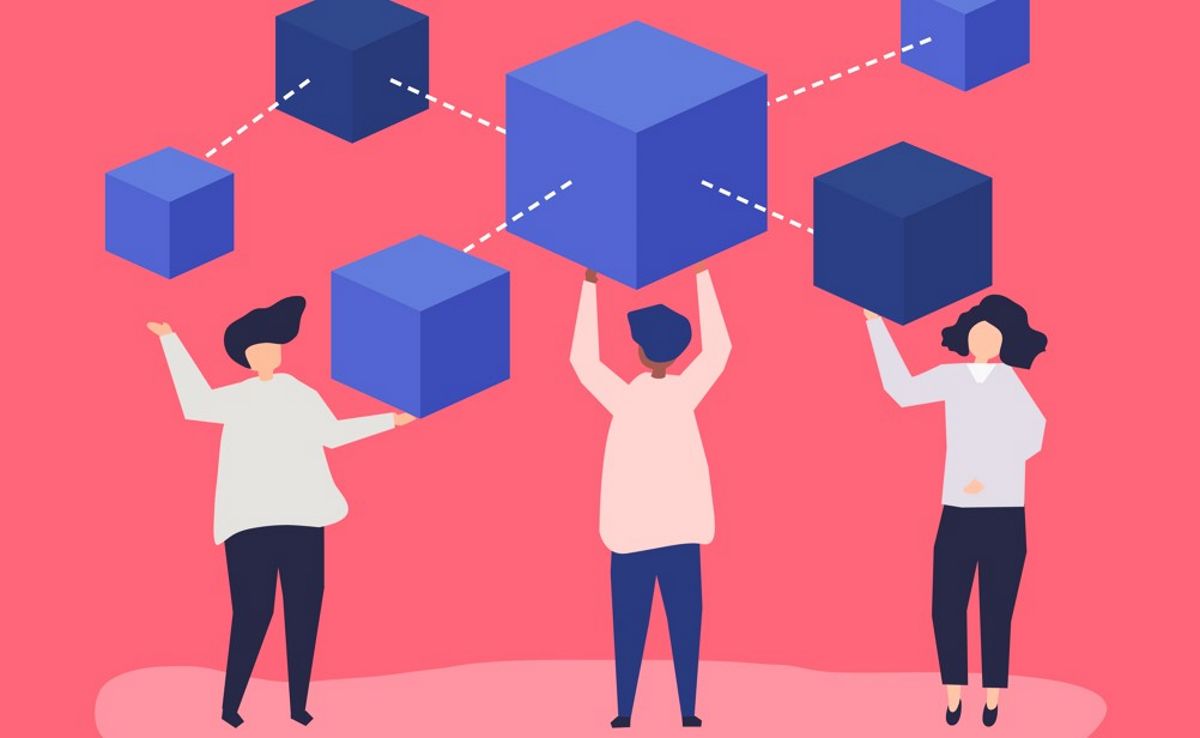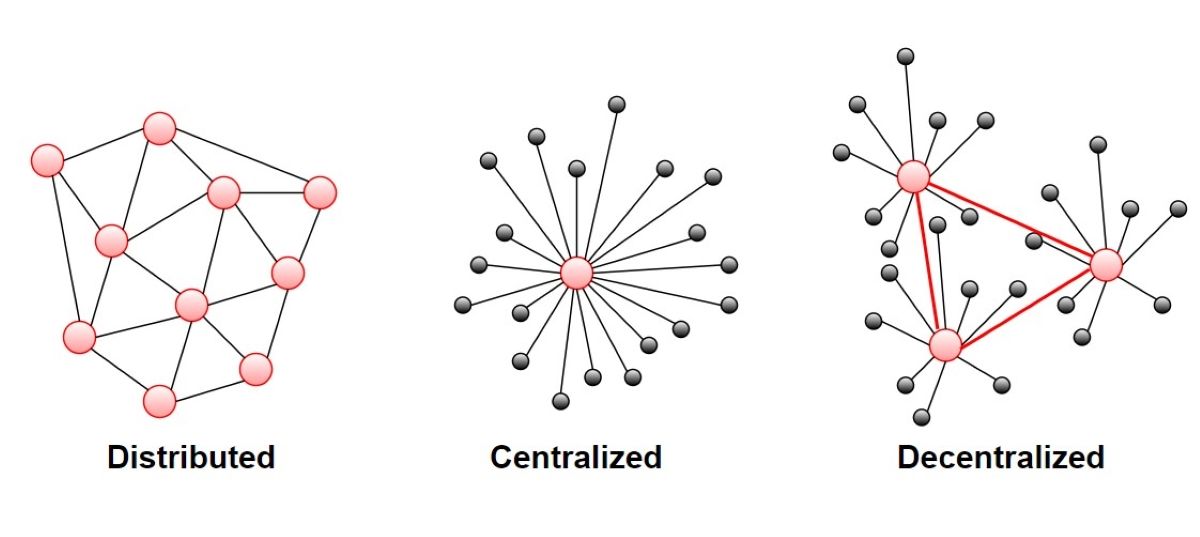In the world of cryptocurrencies, Bitcoin has firmly established itself as the front-runner, revolutionizing decentralized finance.
One of the most promising developments within the Bitcoin ecosystem is its Lightning Network—a protocol designed to address Bitcoin’s scalability limitations. This off-chain solution aims to make transactions more streamlined, reducing fees considerably and increasing the efficiency of the network.
Yet, many people mistrust the Bitcoin Lightning Network (BLN). What are the Lightning Network’s potential risks and challenges, and why are people concerned?
5 Bitcoin Lightning Network Concerns and Challenges
The Lightning Network was created as a second layer to Bitcoin’s network. It allows faster off-chain transactions but poses many challenges.
Even though the Lightning Network’s median fee rate of around 0.0029% is negligible (unlike Bitcoin transaction fees), crypto users remain skeptical about its viability, as it is complex, risky, and presents different legal problems.
1. The Channel Closure Problem
One major failing of the BLN is that you must be online to pay anyone or get paid. While this is mostly true for many cryptocurrency platforms, with BLN, going offline for a prolonged period exposes you to a “fraudulent channel closure.”
A channel is opened between two transacting parties on the BLN. The parties create a commitment transaction (CT) after opening a channel. This is used to specify the initial balance of their transactions and is not transmitted to the blockchain. Instead, it is used as a reference point for future transactions and is regularly updated but stored locally by the transacting parties.
Here comes the catch: a channel can be closed after the latest CT has been uploaded to the blockchain, locking in the balances of both parties.
A fraudulent channel closure happens when one of the parties broadcasts an old CT to the blockchain when the other party is offline or logged out. This could be solved by using punishment mechanisms—a system that ensures you lose a percentage of your funds if you try to close the channel in your partner’s absence.
It could also be solved using watchtowers—a third-party responsible for ensuring no transacting party closes the channel fraudulently. But these mechanisms are complex to set up and would incur extra fees.
2. Privacy Issues
When a Lightning Network user wants to connect to another node, the receiver’s node reveals its owner’s IP address. The IP address can track the receiver’s location or even reveal the receiver’s identity.
You can circumvent this hurdle by setting your node up as Tor only, which hides your IP address. But this comes with another problem: nodes set up this way can’t accept incoming transactions from non-Tor nodes.
Other problems include slow internet speeds, as Tor routes internet traffic through several nodes. The connection is also less reliable because these nodes are usually operated by users who choose to contribute their resources to the Tor network.
Tor has also been associated with illegal activity. Therefore, association with the network may raise eyebrows and draw unnecessary attention from authorities that monitor network traffic.
3. The Centralization Problem
Centralization refers to the concentration of network power in the hands of a few large nodes known as hubs. This can lead to several issues.
Hubs are activity centers on the Lightning Network, with many open channels. They are beneficial as they help make transactions more efficient. But they can also be points of failure for the network. If they go offline, many Lightning Network users are affected.
Hubs can also be targets of cyberattacks as they maintain sensitive data regarding user transactions.
Also, these hubs may have disproportionate liquidity due to the high number of connected users. This inadvertently gives these few high-liquidity hubs too much power and can lead to them charging higher fees or even censoring transactions.
Centralization also poses some privacy concerns. As these hubs contain a high amount of liquidity, they could also track the flow of funds on the network, reducing users’ anonymity.
4. Channel Capacity Challenges
The total transaction amount that can be conducted within an open channel depends on the initial funding amount. Once this cap has been reached, additional transactions cannot occur within that channel, and another must be opened. This adversely influences the number and size of transactions taking place on the Bitcoin Lightning Network.
Also, there are liquidity challenges. For a transaction to occur, there has to be sufficient liquidity present in the payment channels. Limited liquidity can lead to delayed or failed transactions.
5. Scalability Issues
Despite being touted as a solution to the scalability problems faced by the main Bitcoin network, the Lightning Network also faces scalability problems of its own. In addition to the channel capacity challenges, management of these channels has become even more complex as users increase.
You need an on-chain transaction to open a channel on the Lightning Network. This transaction involves fees and needs time to settle on the Bitcoin blockchain. As users increase, so does the time needed to settle.
This can eventually lead to delayed transactions, increased fees, and complexities with liquidity management. The latter occurs when users have multiple channels with different transactions and liquidity needs.
3 Solutions to the Bitcoin Lightning Network’s Issues
The Bitcoin Lightning Network is still developing. But the BLN team and other crypto enthusiasts continue to look into its problems. Here are some of the possible solutions to BLN’s risks and challenges.
1. Decentralization
Because of the few powerful hubs, the BLN can become centralized. However, Lightning Network centralization can be resolved by incentivizing smaller nodes to encourage their participation within the network. The higher the number of nodes on the network, the lesser the possibility of centralization.
In addition, promoting channel collaboration and interconnectivity can eliminate centralization. Encouraging the operators of smaller nodes to cooperate on routing transactions and providing liquidity will lead to a more decentralized network.
2. Improving Routing
Direct routing between two parties before a transaction can commence is only sometimes optimal, as the routes could become very complex. Trampoline nodes have been suggested as a viable solution.
In this method, the sender transfers funds directly to a trampoline node, which uses its network knowledge to find a suitable route to the receiver. Though fees may be higher, it is better than the traditional method that puts pressure on intermediate nodes.
Other ways of improving routing include using atomic multipath payments. Here, transactions are split into smaller transactions, with each one passing through multiple routes. This increases the number of possible paths and reduces the pressure on one channel’s liquidity.
Furthermore, the collaboration between routing nodes and improving routing algorithms can also help improve routing on the network.
3. Continuous Auditing
Using automated technologies to monitor network traffic and search for potential vulnerabilities can help detect fraud and security issues. It also helps avoid run-ins with regulatory bodies, ensuring continuous compliance with laws and promoting transparency.
The Bitcoin Lightning Network Isn’t Perfect, but It’s Improving
Created as a solution to Bitcoin’s scalability problems, the Lightning Network has lived up to expectations, improving scalability and reducing transaction fees, despite being beset with various challenges.
The BLN team continues researching and incorporating changes, resulting in several significant developments improving the network. With increasing solutions, the risks and challenges of the BLN will fast become a thing of the past.






